SUMMARY
This is AI generated summarization, which may have errors. For context, always refer to the full article.
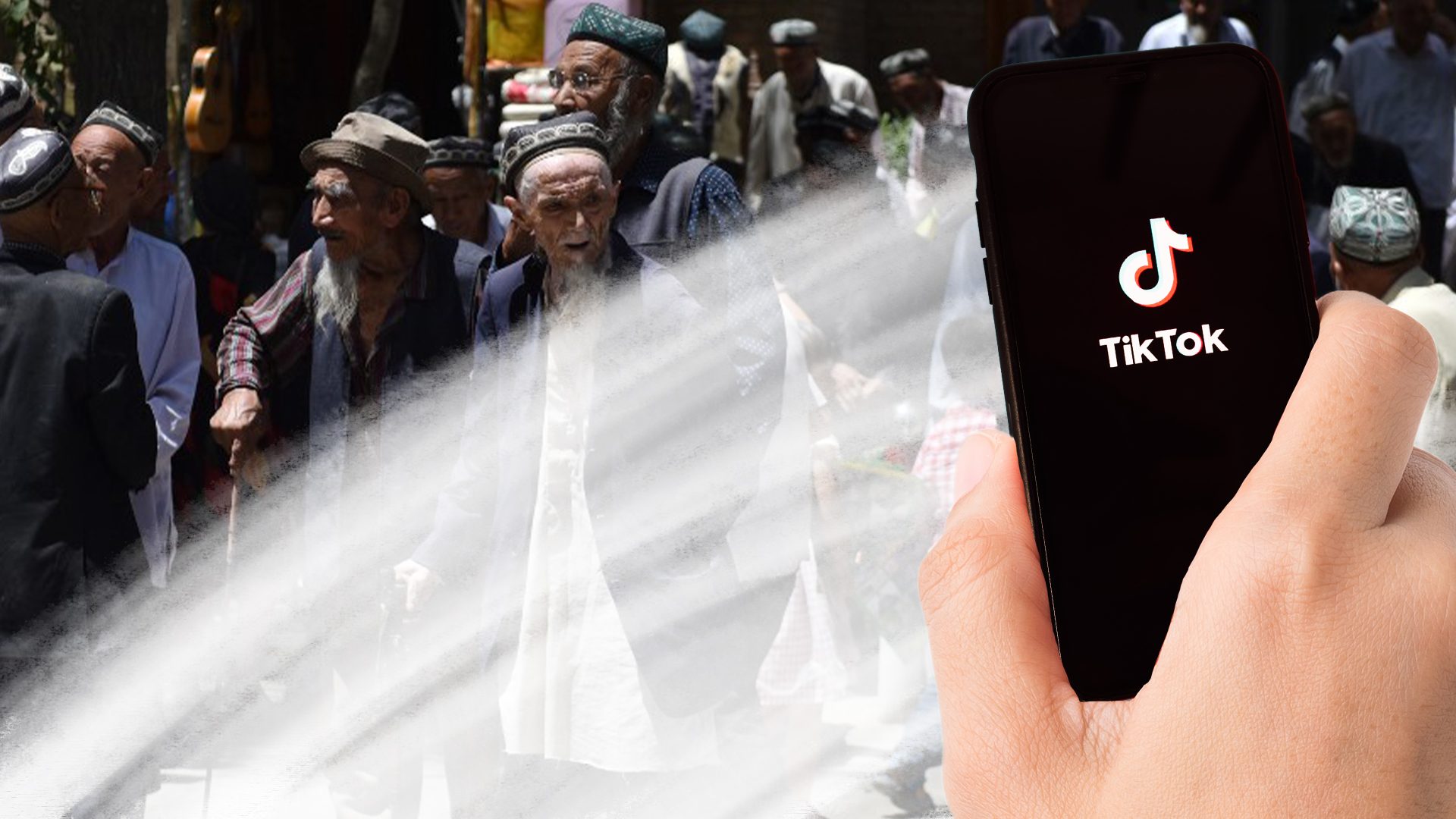
TikTok is showing users a “politically convenient” and curated version of life in Xinjiang, flooding hashtag #Xinjiang with positive messages about the region while cleansing criticism of China’s repression of Muslim minorities, according to a new report published this week.
Published by Australia’s Strategic Policy Institute, the report describes how China’s official line on the humanitarian crisis has been promoted to TikTok users around the world. Of the top 20 videos on TikTok’s Xinjiang hashtag, only one is critical of the Chinese Communist Party.
The report, which also looked at how the video-sharing platform’s LGBTQ hashtags in the Middle East and Russia are being shadow banned, studied how the app treated the program of oppression, surveillance and control currently underway in China’s northwest region. It described TikTok as “a powerful political actor with a global reach,” with the ability to covertly control flows of information on its platform.
While the subject of Xinjiang and China’s oppression of Muslim minorities is widely discussed across other social media platforms such as Facebook and Twitter, the Xinjiang hashtag on TikTok, owned by tech giant Bytedance, is noticeably free of criticism. A scroll through TikTok’s #Xinjiang videos shows users glossy propaganda videos and happy vlogs made by state media-linked accounts, Chinese influencers and production companies, while content that’s critical of the regime is relegated to the bottom of the feed.
When researchers at the Australian institute analyzed all 444 videos on the Xinjiang hashtag, they found that only 5.6% of videos were critical of the crackdown on the Uyghurs. Almost half of the top 100 videos were either propaganda, presenting Xinjiang in a highly idealized light, or outwardly pro-CCP.
“Do not rely on the view of the world that TikTok provides you, because it is very distorted,” said Fergus Ryan, an analyst at ASPI and the report’s lead researcher. “The CCP has enormous leverage over this company, and their temptation to then use that leverage to subtly tweak the algorithms is going to be irresistible.”
Bytedance is subject to China’s security, intelligence, counter-espionage and cyber security laws. “Bytedance itself works hand in hand with public security bureaus in China to produce and disseminate propaganda,” said Ryan, describing how ASPI’s research showed TikTok’s feeds being flooded with content from its Bytedance-owned, firewalled-off Chinese counterpart, Douyin. TikTok denied cross-posting content from Douyin, but said that its users may be doing so.
Last year, TikTok was criticized for censoring discussions of Uyghur oppression after the company banned an Afghan-American political activist who posted a video discussing Xinjiang.
“TikTok remains committed to creating a fun, authentic, and safe place for our users,” a TikTok spokesperson said in an emailed statement. TikTok did not answer questions about being used as a platform for Chinese state propaganda.
As reporting from Coda Story pointed out in August, the Xinjiang hashtag feed is flooded with videos, hailing Xinjiang as a tourist destination, and featuring happy Uyghurs living an idyllic rural lifestyle.
Following up on Coda’s coverage, the ASPI report identified several characters within the Xinjiang hashtag. One particularly prominent user, Jessica Zang, has more than 16,000 TikTok fans and is an employee of state owned China Global Television Network and a member of China’s ruling Community Party (CCP). “Have no idea that my video were on top under #Xinjiang… that’s new to me,” said Zang in a Facebook message, adding that she wanted to use her English skills to post on the international version of the app. “I just wanted to share the beauty and fun things in China.” Her videos proliferate on the #Xinjiang hashtag, showing snippets from a recent trip to the region during the pandemic.
Another account on the hashtag is @guanvideo, a Chinese production company that also produces videos for Beijing-owned Global Times.
The Xinjiang hashtag also features videos from Uyghurs within China, such as a young woman called @aygul_uyghur, whose account describes her as “just a simple girl from Xinjiang.” Her most popular video has racked up more than 100,000 views. In the past, Uyghurs living in exile have pointed to social media accounts like these as clearly propaganda-oriented, for the simple fact that they are allowed to post to western audiences.
For many Uyghur citizens in Xinjiang, using a virtual private network in Xinjiang (a necessity to post on TikTok) is a shortcut to arrest and detainment, though there appear to be exceptions for users who use the video-sharing platform to promote the Chinese party line.
“The result, even for TikTok users perusing the topic, is a depiction of Xinjiang that glosses over the human rights tragedy unfolding there and instead provides a more politically convenient version for the CCP,” the report said.
President Trump has given Bytedance a deadline of September 20 to sell its U.S. TikTok business and destroy all its copies of U.S. user data, or be banned in the U.S. In India, the app – which dominated the social media space in the country – was banned in June as part of an ongoing standoff between Delhi and Beijing, losing Bytedance 120 million monthly users.
An analysis by ASPI of Bytedance’s career page suggests that the company is continuing to hire workers in China to monitor international TikTok content.
“Even if hypothetically they were able to completely sever the content moderation from China, that doesn’t get to the core problem: What is happening in the algorithm,” said Ryan. “The algorithm is a total black box.” – Rappler.com
Isobel Cockerell is a reporter with Coda Story. A graduate of Columbia Journalism School, she has also reported for WIRED, USA Today, Rappler, The Daily Beast, the Huffington Post and others.
This article has been republished from Coda Story with permission.
Add a comment
How does this make you feel?

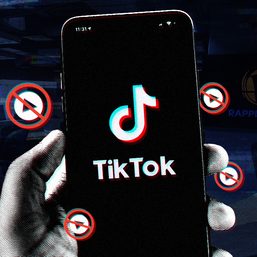


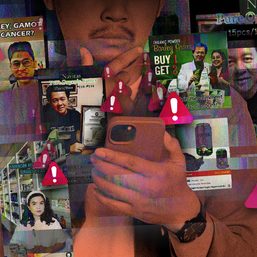
![[OPINION] ‘Some people need killing’](https://www.rappler.com/tachyon/2024/04/tl-some-people-need-killing-04172024.jpg?resize=257%2C257&crop_strategy=attention)
![[Judgment Call] Resisting mob mentality for warrantless arrests](https://www.rappler.com/tachyon/2024/04/judgement-call-mob-mentality.jpg?resize=257%2C257&crop=352px%2C0px%2C720px%2C720px)

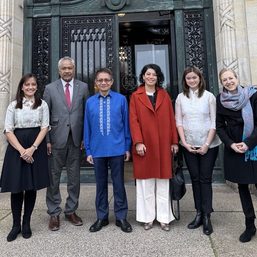
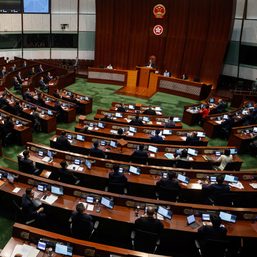
There are no comments yet. Add your comment to start the conversation.